Using PERCH VBT and TRAIN In-Season to Guide and Progress Exercise Selection

Coach Brett Lenaburg an Assistant Coordinator of Strength and Conditioning at Ole Miss is our guest blog writer in this post. Join us to learn how he leverages PERCH VBT and TRAIN In-Season to Guide and Progress Exercise Selection!
The goal of this article is to provide some insight into how to practically apply VBT using Perch in a collegiate setting with an in-seasonSEC soccer team. This will not include every nuance that goes into the plan, that would go beyond the scope of this article. We will instead focus on what Iuse as the primary driver In-Season to help maximize our soccer athlete’s strength and power outputs.
First Phase
Our first phase of our progression is with the Back Squat.This season it lasted seven weeks, but could fluctuate from five to eight weeks depending on the schedule of the season.
Wk 1 – 5x4 .7 m/s Set Avg
Wk 2 – 4x4 .7 m/s Set Avg
Wk 3 – 4x4 .7 m/s Set Avg
Wk 4 – 4x3 .7 m/s Set Avg
Wk 5 – 4x3 .6 m/s Set Avg
Wk 6 – 4x2 .6 m/s Set Avg
Wk 7 – 4x2 .5 m/s Set Avg
Things to note:
· Each session is ascending in weights into a top set, with the goal of the last set to be as close as possible to the prescribed Set Avg number.
· The first session is typically during pre-season, and also coming off summer break where I may have not seen or worked with athletes since the end of the Spring. We build in an extra set to allow us to get a better idea of where the athletes are at and get us closer to the Set Avg goal.
· The first four weeks we do not change set avg speed, and only drop reps in the fourth week once some adaptation to the speed range takes place.
· The last three weeks, we drop reps, set avg speed or both. This allows us to continue to increase in weights we are handling, while at the same time mitigating fatigue.
· I reference Peak Power on sets week to week, as long as we are seeing a steady increase, we are moving in the right direction.Having the ability to track and use TRAIN with Perch makes this incredibly easy.

Second Phase
Our second phase of our progression moves us into the BoxSquat. This season it lasted only three weeks, but could fluctuate for three tosix weeks depending on the schedule of the season.
Wk 7 – 4x3 .7 m/s Set Avg
Wk 8 – 4x3 .6 m/s Set Avg
Wk 9 – 4x2 .5 m/s Set Avg
Things to note:
· I will typically employ this movement around when we start our Conference schedule. At this point, we’re somewhere around halfway through our season and we have started to accumulate fatigue from the course of the season.
· Employing the Box Squat allows me to continue to improve strength and power outputs, while mitigating some systemic fatigue by shortening the range of motion to a box and breaking up the eccentric/concentric chain.
· Ideally, the box for the athlete is set at top of thigh parallel to the ground. However, in an effort to keep things as efficient as possible, I have athletes grouped at racks by similar heights and strength levels. So, the range of depth for box height for any given athlete is from parallel to 1-2” above parallel. The key is that it stays consistent over the course of the training weeks. I do not sweat this minor detail.
Final Phase
Our final phase of our progression is the Squat Jump. This season it lasted only two weeks, but could fluctuate for two to four weeks depending on schedule of the season.
Wk 10 – 4x3 2.0 m/s Set Avg (Peak Velocity)
Wk 11 – 4x2 2.0 m/s Set Avg (Peak Velocity)
Things to note:
· We use this exercise as a “peaking” movement to allow the athletes to continue to express high power outputs while minimizing fatigue with a shorter range of motion and a less systemically fatiguing movement.
· I would not want to extend this block further than four weeks. I believe any longer than that would start to creep outside the 30 day +/- training residual window for strength, and we would start to see a decline in power outputs and loss in the athlete’s strength that sets the base for them to express higher power outputs.
· When to start this block would be largely dependent on the projected outcome of the season. I would employ it sooner if it were a team on the bubble of making a conference tournament, whereas I would employ it later if it were a team expecting to make a deep run in the NCAA tournament.

{{contact-us-option-1}}
Conclusion
Many roads lead to Rome, but having a compass can certainly help get you there more efficiently. Perch acts as my compass in allowing me to use my artistic freedom in my coaching and programming, while giving me easy to use tools to take a look at what’s really going on and if we are trending in the direction I’m wanting to go.
Read more about Perch here! And check out Product Videos here. And our support website here.
Back to basics? Review the origins of VBT and Strength Training!


Start Gathering Data With Perch Today!
Reach out to us to speak with a representative and get started using Perch in your facility.

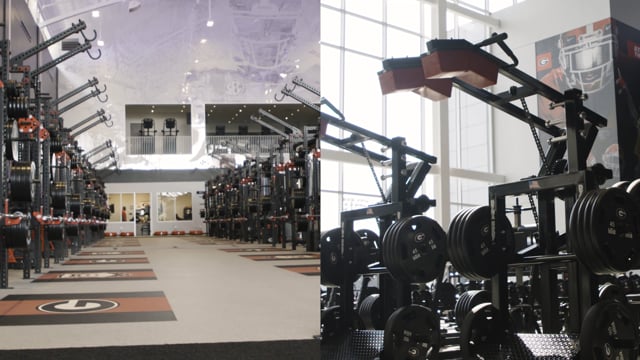
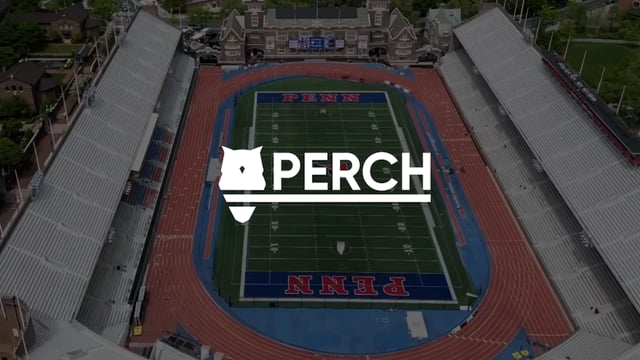
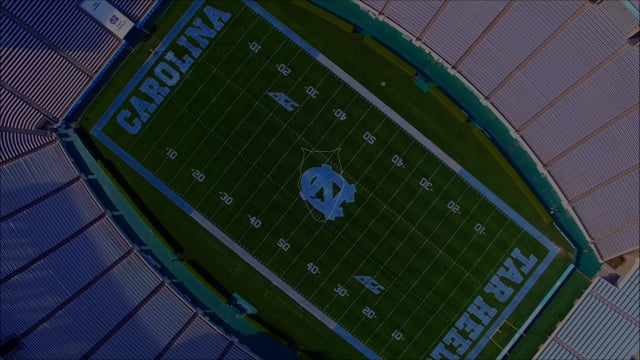

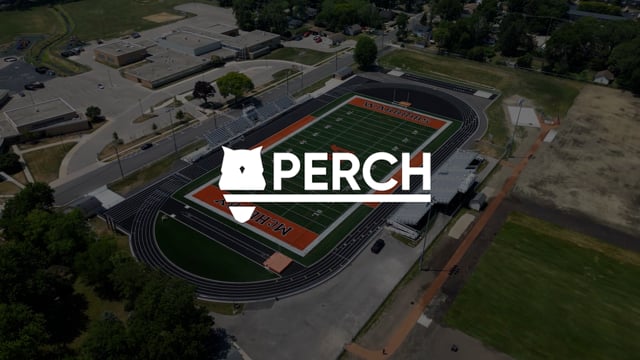
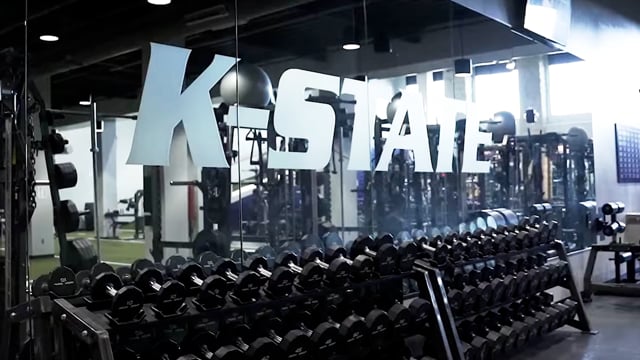

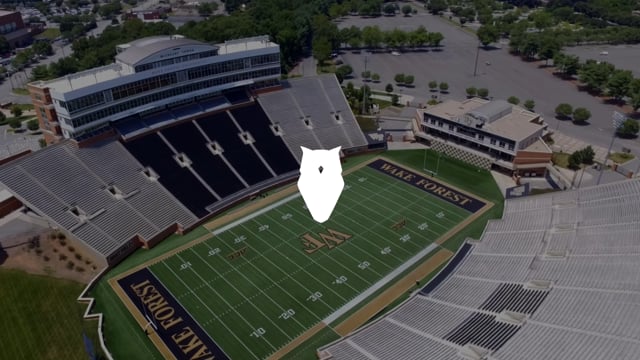































































.avif)

































